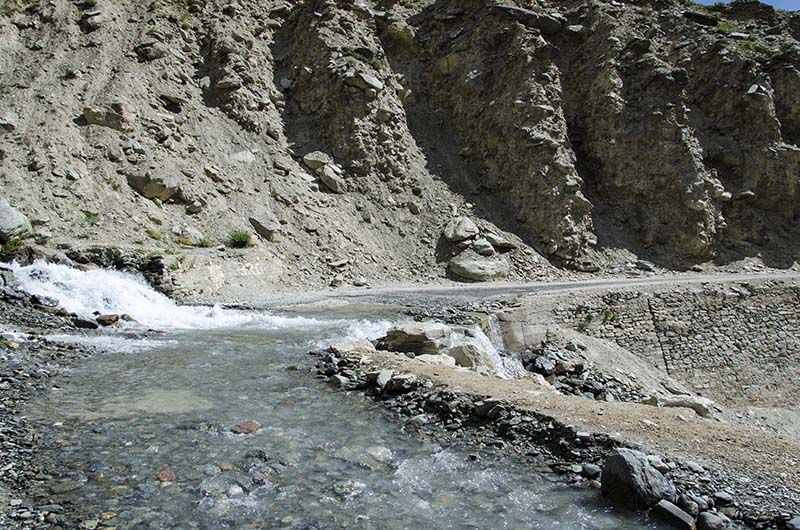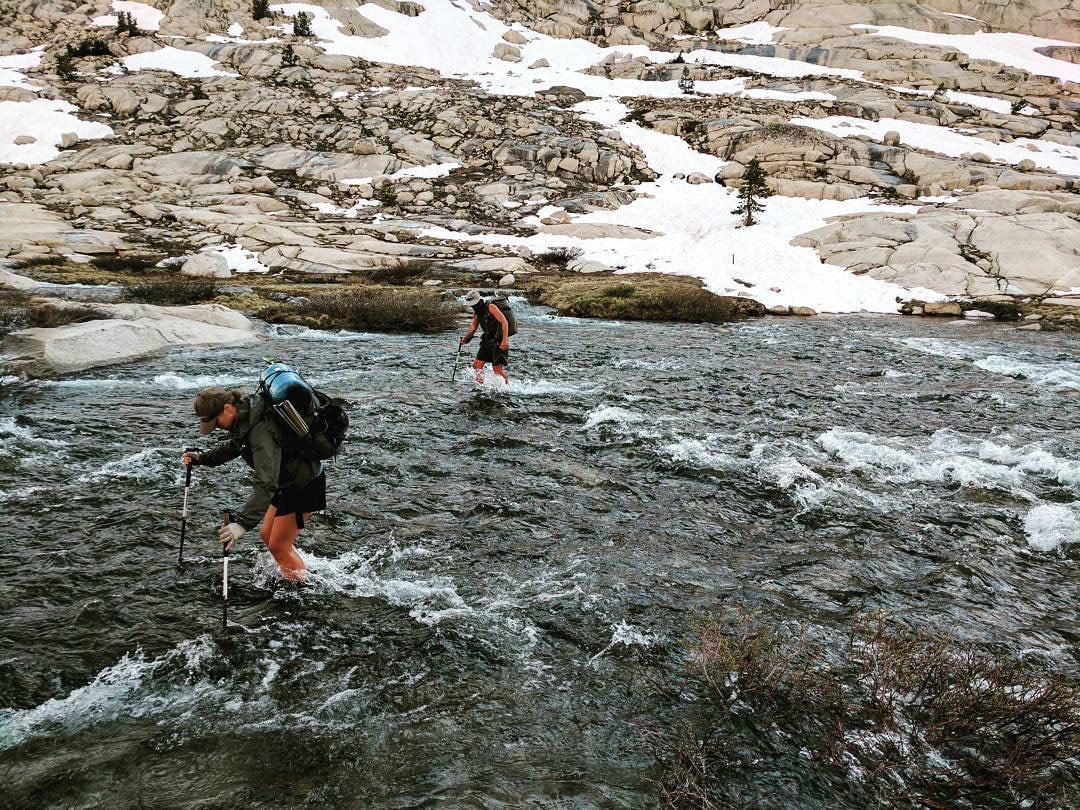Water Crossing Techniques for Trail Horses

Crossing water safely and confidently is an essential skill for trail horses and their riders. Whether you’re navigating a shallow stream, a muddy pond, or a fast-flowing river, understanding the right techniques can ensure a smooth and enjoyable ride. This article covers key methods, safety tips, and training advice to help you and your horse master water crossings.
Why Water Crossing Skills Matter

Water crossings can be challenging due to slippery surfaces, varying depths, and unpredictable currents. Horses may hesitate or panic if not properly trained, which can lead to accidents. Developing water crossing skills improves your horse’s confidence, balance, and obedience, making trail rides safer and more enjoyable.
Preparing Your Horse for Water Crossings

Before attempting any water crossing, it’s important to prepare your horse mentally and physically:
- Desensitization: Gradually introduce your horse to water by starting with small puddles or shallow streams.
- Groundwork: Practice leading your horse through water on foot to build trust and familiarity.
- Equipment Check: Ensure tack is secure and appropriate for wet conditions to prevent slipping or discomfort.
Techniques for Crossing Water

| Technique | Description | Tips for Success |
|---|---|---|
| Leading on Foot | Walking alongside your horse through water to build confidence. | Use a calm voice and gentle pressure. |
| Riding Through Slowly | Encouraging your horse to enter water at a slow, steady pace. | Maintain a balanced seat and steady rein. |
| Using Natural Bridges | Finding logs or rocks to cross without entering deep water. | Check stability before crossing. |
| Swimming | For deep water, ensuring your horse can swim safely if necessary. | Only attempt if horse is trained and calm. |
Safety Tips
- Always scout the water crossing on foot first to assess depth and current.
- Avoid crossing after heavy rains when water levels may be unpredictable.
- Wear appropriate safety gear, including a helmet and boots.
- Keep your horse calm and avoid rushing.
Training Exercises
- Practice water crossings regularly in different environments.
- Use positive reinforcement to reward calm behavior.
- Work with a trainer if your horse shows fear or resistance.
Frequently Asked Questions (FAQ)
How deep can a horse safely cross water?
Most horses can safely cross water up to their belly, but this depends on the horse’s swimming ability and the current’s strength.
What if my horse refuses to enter water?
Start with gradual exposure and use groundwork to build trust. Never force your horse, as this can increase fear.
Can horses swim?
Yes, horses are natural swimmers, but not all are comfortable with swimming. Training and calm introduction are key.
Mastering water crossing techniques enhances your trail riding experience and strengthens the bond with your horse. With patience and practice, you can confidently navigate any water obstacle on your adventures.
